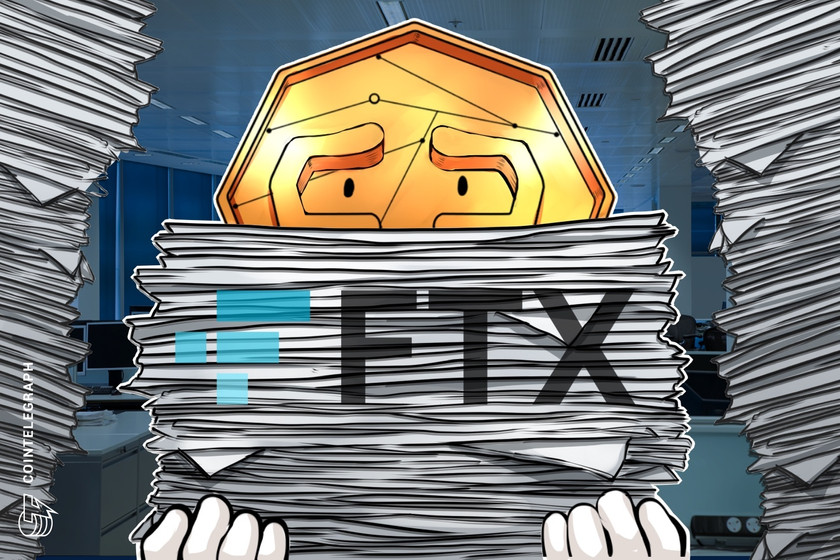Crypto users react to Satoshi Nakamoto’s 48th birthday


Once again, the Bitcoin creator’s age increased by one year on their P2P Foundation profile — suggesting a birthday of April 5, 1975.
The legendary creator of Bitcoin, Satoshi Nakamoto, turned 48 years old today, at least according to information provided to the global network P2P Foundation when they registered.
Though the identity of the Bitcoin (BTC) creator and thus their birthday remains unknown to the public, crypto enthusiasts took note of when Satoshi’s age increased by one year on their P2P Foundation profile — suggesting a birthday of April 5, 1975. Crypto users have suggested that the date — since Satoshi may represent a group of people rather than an individual — may come from a day in 1933 when United States President Franklin Delano Roosevelt started taking the country off the gold standard, issuing an executive order for all U.S. citizens to return gold coins and gold certificates worth more than $100 to the Federal Reserve.


Speculating as to the true identity of the person or persons who helped create the original cryptocurrency has been a popular pastime among many users on social media and in online forums. Among the names proposed are computer scientist and Bit Gold creator Nick Szabo, early BTC contributor Hal Finney — who regrettably passed in 2014 — cryptographer Adam Back, and Japanese-American engineer and physicist Dorian Nakamoto.
Fun Fact: Today, April 5th, is Satoshi Nakamoto’s birthday
Background: US gov’t banned individual gold storage on April 5, 1933, to prop up the US dollar. Satoshi chose this controversial date as his birthday on the P2P Foundation Forum website
Happy birthday,Satoshi Nakamoto pic.twitter.com/GbDM9zjImS
— Lugano Plan ₿ (@LuganoPlanB) April 5, 2023
Though Satoshi’s face remains unknown, members of the crypto space continue to honor them using their likeness in other ways. A bronze depiction of the Bitcoin creator went on display for visitors of Graphisoft Park in Budapest in 2021, and many people pitch Satoshi as a recipient for the Nobel Memorial Prize in Economic Sciences every year.
Related: Could Bitcoin have launched in the 1990s — Or was it waiting for Satoshi?
Other notable dates for BTC fans include the publication of the Bitcoin white paper on Oct. 31, 2008, as well as Bitcoin Genesis Day on Jan. 3, 2009, marking the time Satoshi mined the first BTC block leading to the minting of the first coins. There are many more to come: the next Bitcoin halving expected in 2024 along with the mining of the 21 millionth coin.
At the time of publication, the price of Bitcoin was $28,296, having risen more than 26% in the last 30 days.
Magazine: Satoshi may have needed an alias, but can we say the same?





















